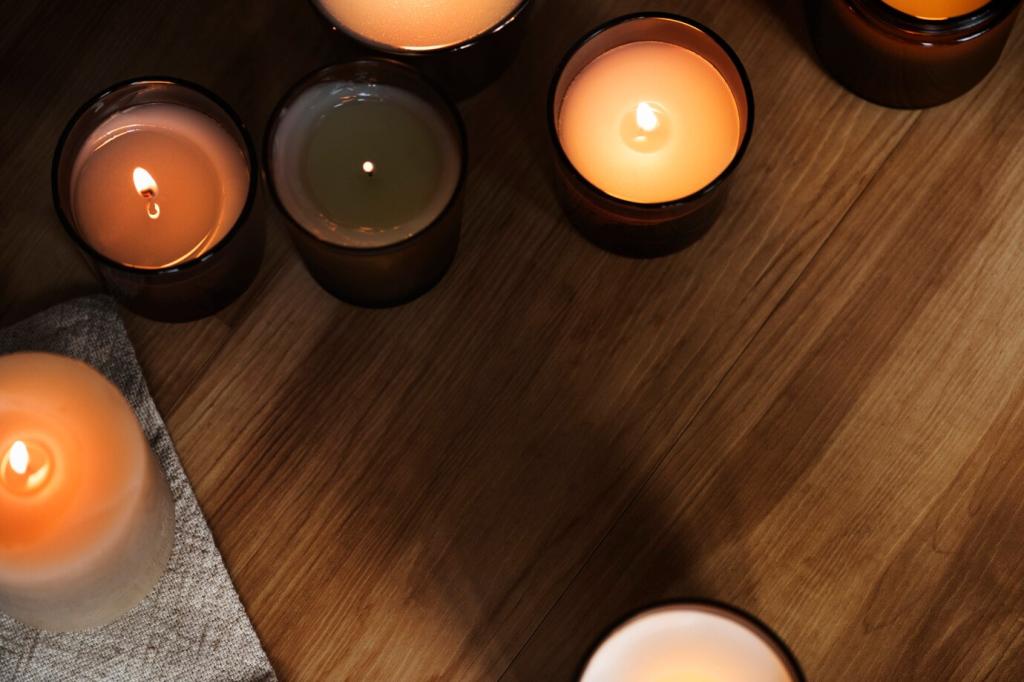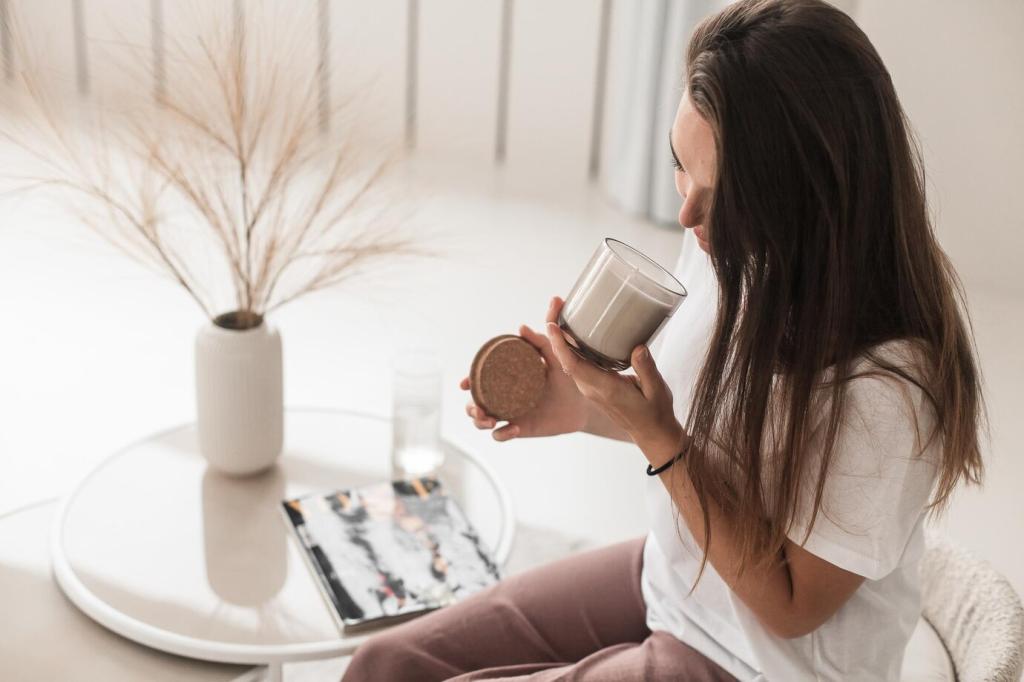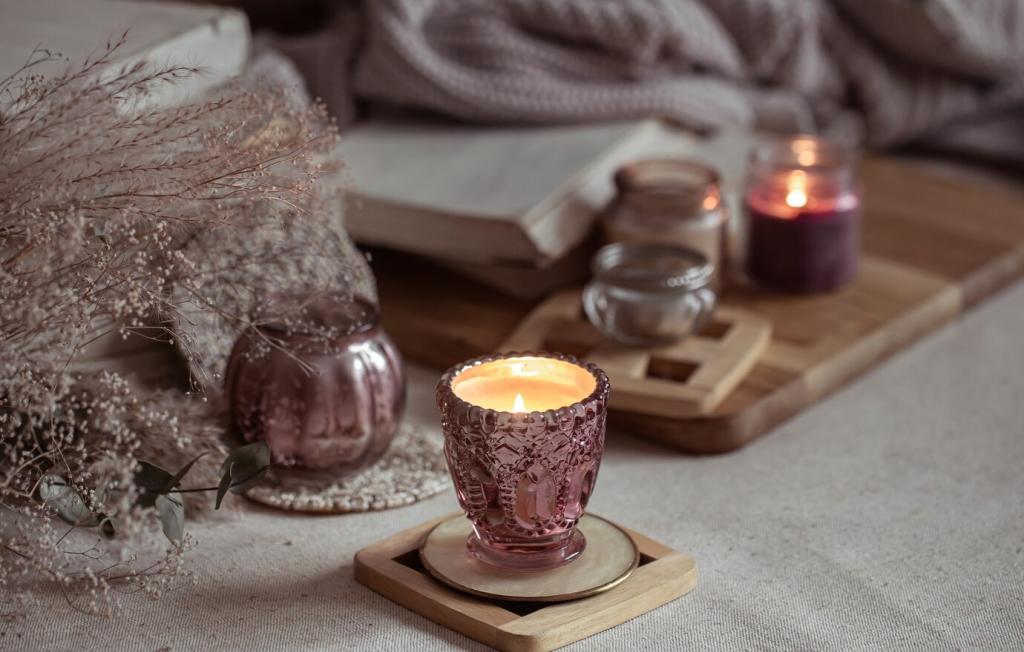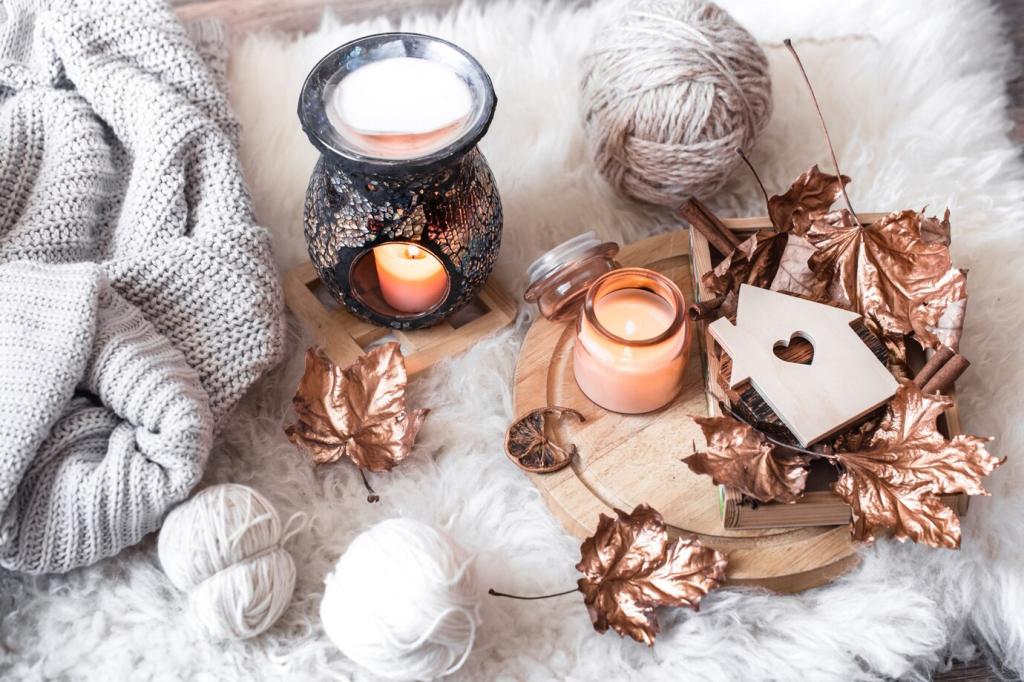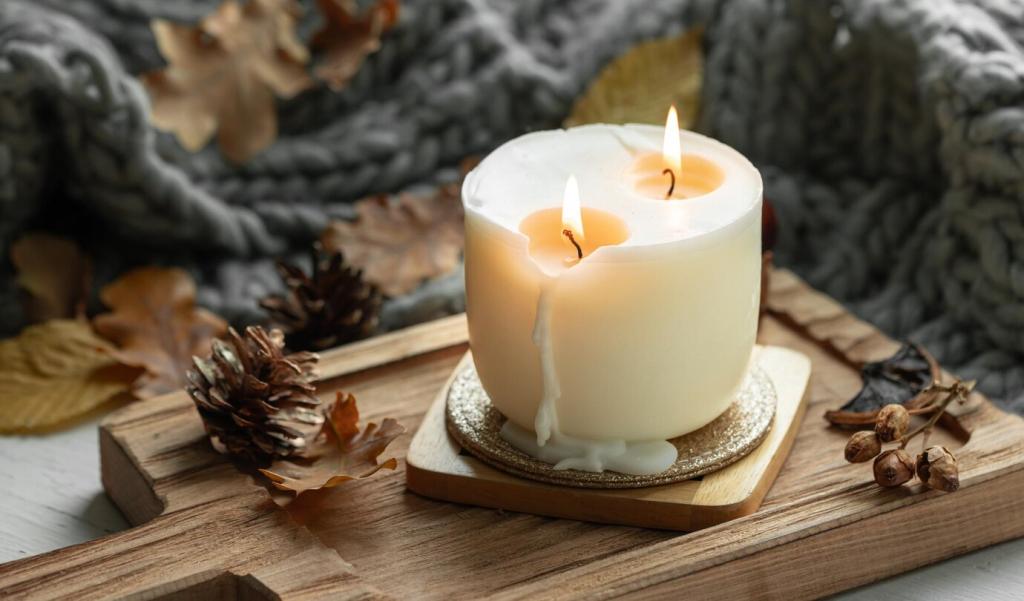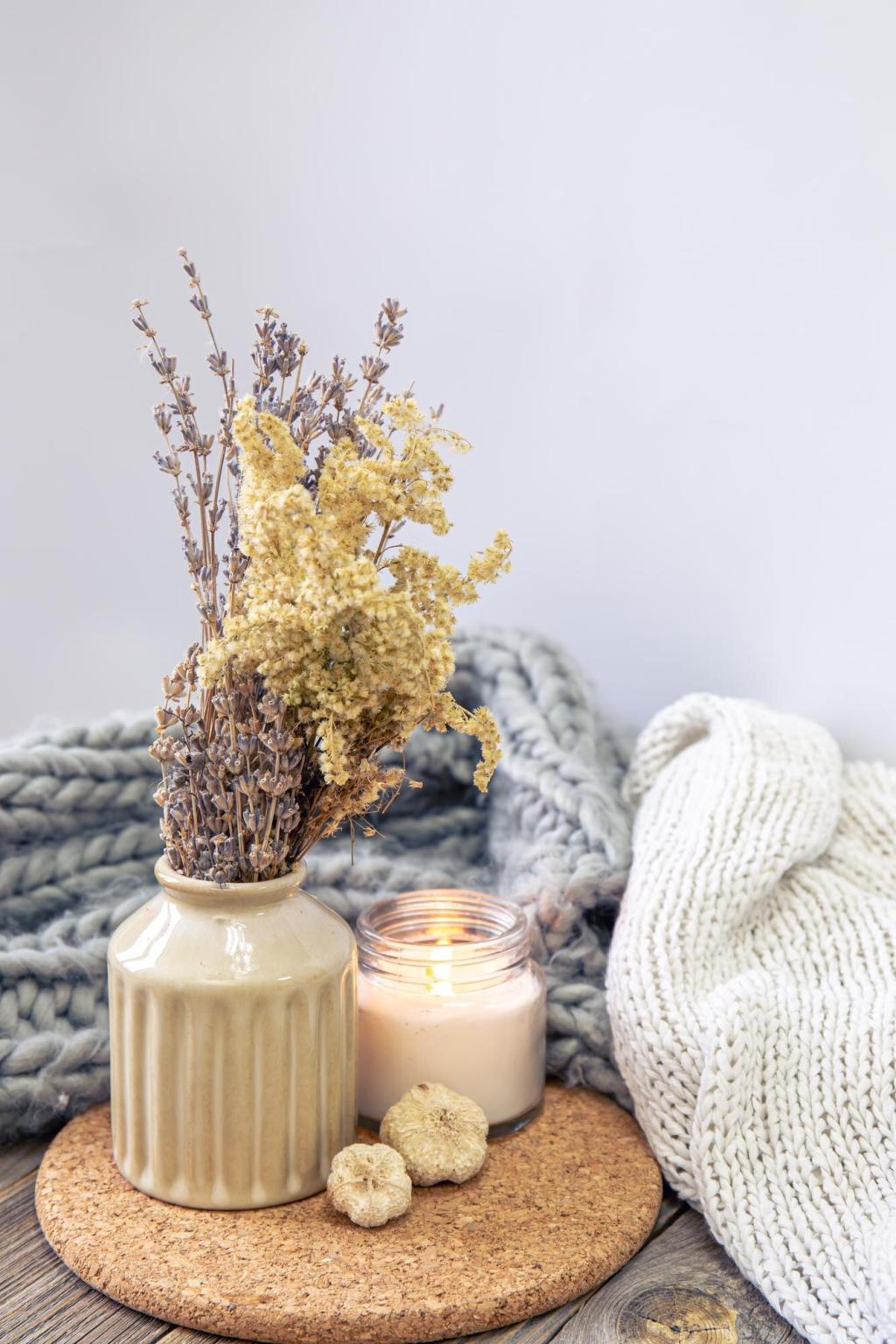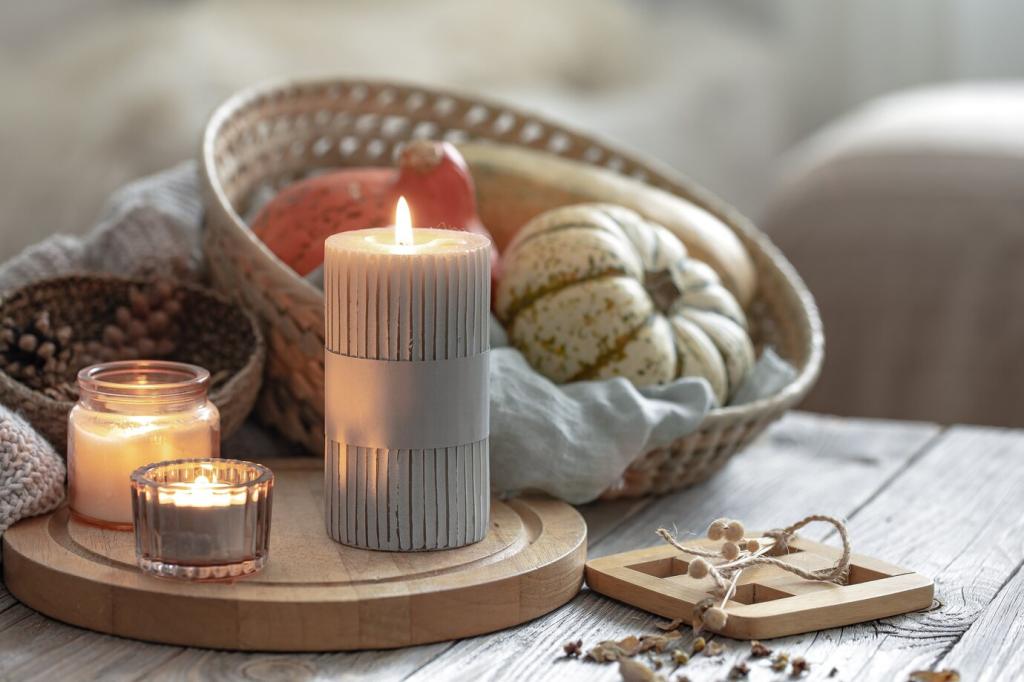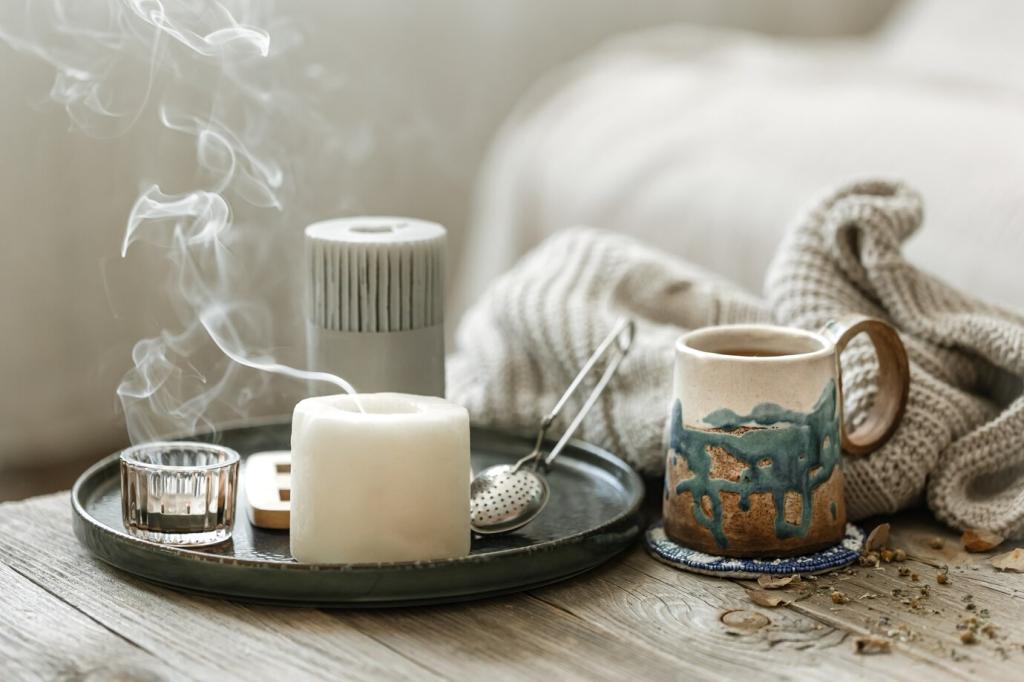Safety and Equipment
Melt wax using a double boiler or dedicated melter—never over direct flame. Keep a thermometer clipped to the pot, wear heat‑resistant gloves, and work in a well‑ventilated space. Clear your workspace so cords and clutter never meet hot wax.
Safety and Equipment
Choose heat‑resistant containers with thick, even glass or tested tins. Inspect for hairline cracks and preheat jars to minimize wet spots. Use proper wick tabs and adhesives to prevent shifting, and always test burn before giving or selling your candles.

